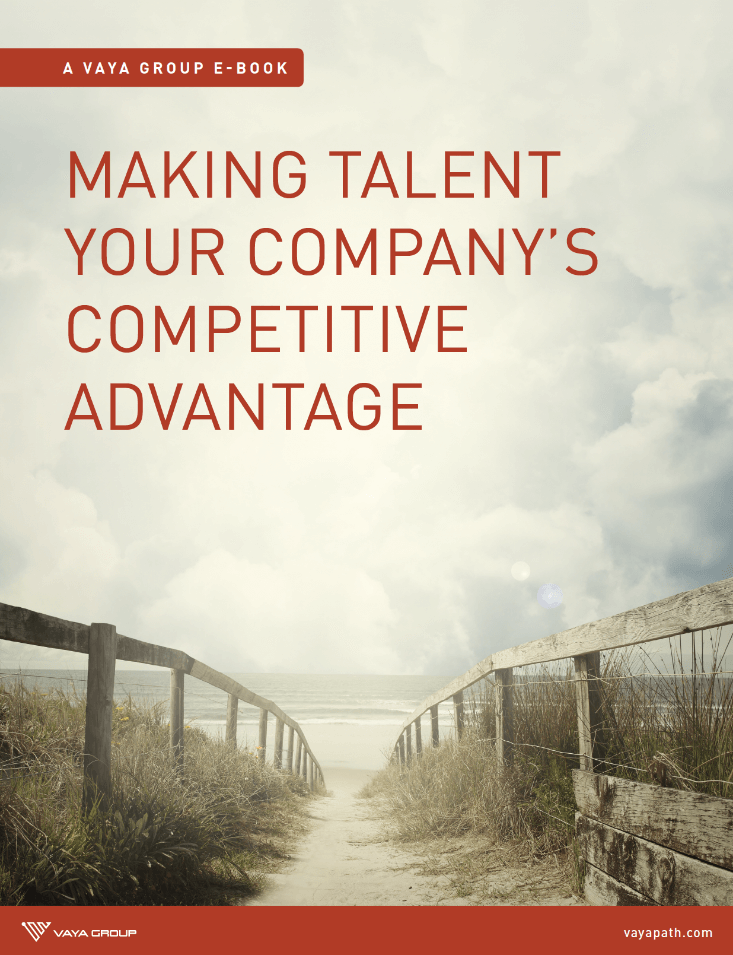Cost-Effective Growth: Maximizing ROI on Your Talent Management Efforts
Your business is probably facing some of the same challenges employers face worldwide: low engagement, high turnover and shrinking L&D budgets.
For many employees, the effort they invest in work correlates to the effort their employer invests in them. To keep your employees engaged (especially those that you can’t afford to lose) and your workforce stable, you need an approach to talent management that demonstrates your commitment to your employees.
When organizations think of leadership development, they usually think this involves a significant investment of time and resources, and as a result, many companies simply put talent management on the back burner. But keeping your best talent doesn’t always have to break the bank.
Explore three strategies you should use to ensure you get a high return on your talent management investment, without blowing your entire development budget.
3 Strategies You Should Use To Maximize Your ROI
- Identify The Right Metrics – Metrics are a great way to track and measure the return on your talent management investment. Pick a few metrics to monitor, such as retention, internal promotion rates and performance. In the beginning, you may track everything. As you align the metrics with business outcomes, you can begin to track the metrics that matter. Tracking these numbers helps you measure progress quarter-over-quarter or even year-over-year. Find ways to share these metrics with senior leaders so they can realize the positive impact of these initiatives.
- Monitor And Track Talent Management Initiatives – Tracking employees’ happiness and engagement through surveys is another tangible way to identify your talent management ROI. Regularly poll both the employees who participate in talent management and the team members who report to participants. If your managers are improving in developing their own staff, over time they should begin to see positive trends in the engagement survey items correlated with manager involvement. You’ll be able to see trends through these survey results, and hear first-hand what your employees think about their progress.
- Maximize Available Resources – HR and talent management cannot be the sole drivers of talent management initiatives. Beyond the fact that people and fiscal resources are limited, without support from those on the front line, sustainability of these efforts is likely to fail. Partner with your managers to make them effective developers of their own staff. Think of it as a way for managers to “pay it forward.” When a manager is nurtured and taught how to develop the employees who report to him or her, you’re multiplying the benefit of training a single person.
Use these strategies to ensure a high return on your talent management investment, and you’ll reap the benefits of a stable, engaged workforce.
Learn more about how to optimize your approach to talent management in this free book excerpt.


.png)




